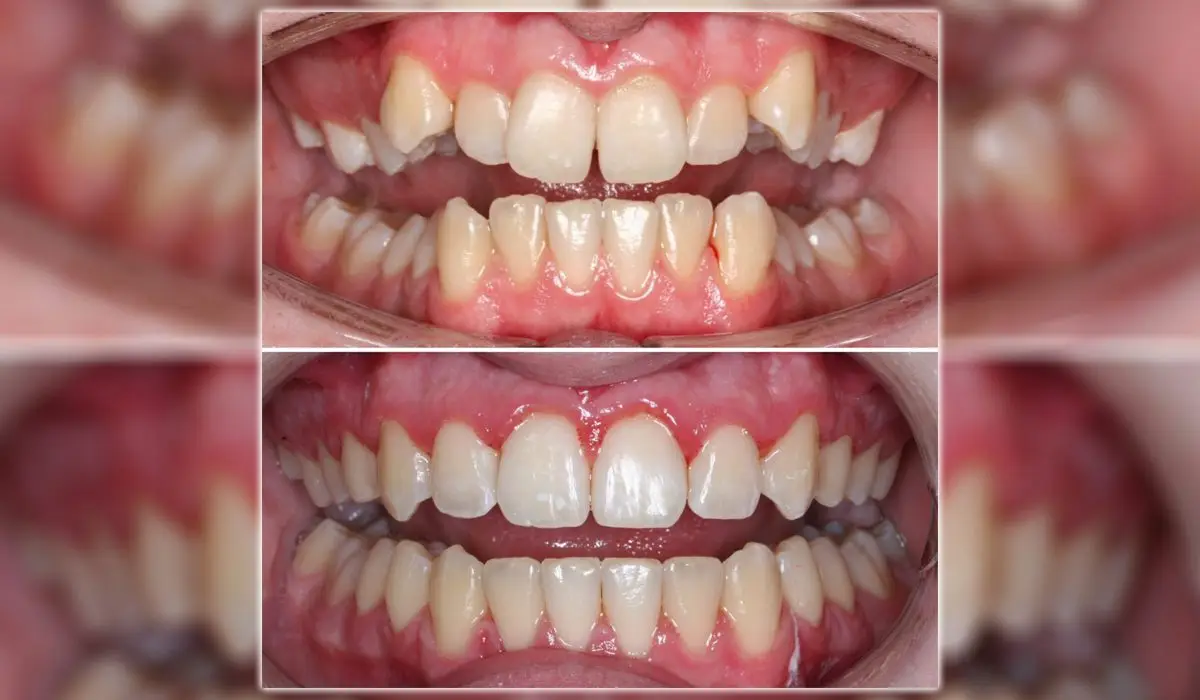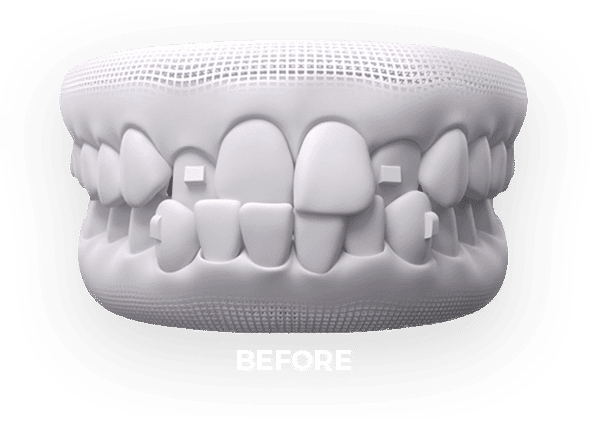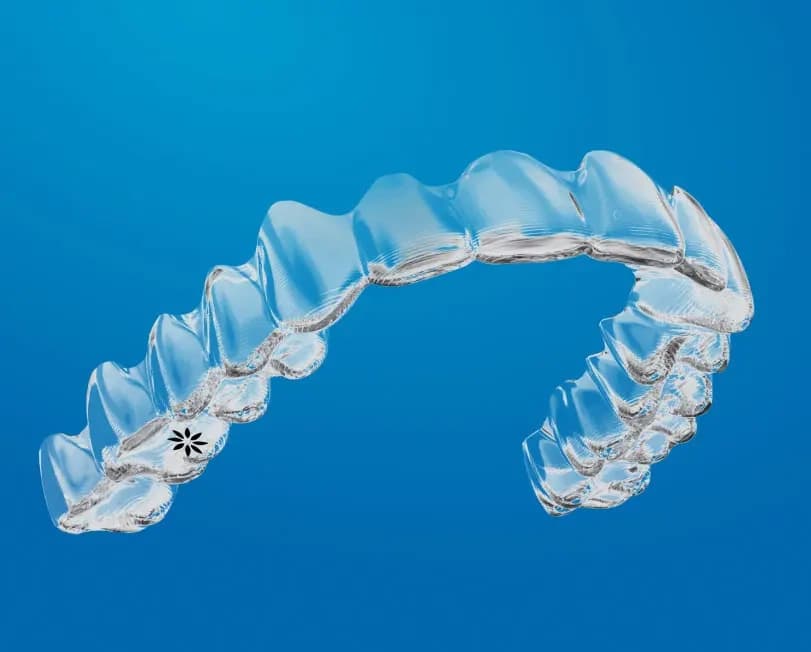Invisalign vs. Conventional Dental braces: Which Alternative Is Right for You?
When thinking about orthodontic therapy, the option in between Invisalign and traditional dental braces presents a number of essential factors that warrant cautious evaluation. Invisalign uses a discreet alternative with removable aligners, while standard braces give a much more visible yet reliable solution for severe imbalance. Each option encompasses distinctive benefits and downsides associated with visual appeals, comfort, therapy duration, and cost. Comprehending these subtleties is critical for making an educated choice that straightens with your individual choices and way of living. The inquiry continues to be: which choice will finest satisfy your orthodontic requirements and expectations?
Summary of Treatment Alternatives

In comparison, standard dental braces include steel braces and cords that are bound to the teeth. This technique applies continual pressure with time to accomplish placement. While effective for complicated orthodontic concerns, conventional dental braces call for regular brows through for modifications and can pose difficulties in maintaining dental hygiene because of the difficulty of cleaning about braces and cords.
Both options have their qualities, and the selection typically pivots on certain dental problems, way of life preferences, and individual conformity. Ultimately, speaking with an orthodontic specialist is vital for determining the most appropriate treatment plan tailored to private requirements. Recognizing the subtleties of each alternative can significantly affect the overall success of orthodontic therapy.
Aesthetic Considerations
A substantial aspect affecting the choice between Invisalign and traditional braces is the visual appeal each treatment offers. Invisalign aligners are crafted from clear plastic, making them essentially unseen when put on.
On the other hand, conventional braces include metal brackets and wires, which can be more noticeable. While developments in orthodontic innovation have led to the development of smaller sized brackets and tinted elastics, conventional dental braces still maintain an even more conspicuous account. For some individuals, the visibility of dental braces may hinder them from looking for necessary therapy.
Eventually, the selection between Invisalign and traditional braces may pivot on personal choices relating to visual appeals. Individuals that prioritize discretion often lean toward Invisalign, while those that are much less concerned regarding visibility might choose standard braces. Comprehending the visual effects of each option is critical for making an informed decision that lines up with one's way of living and preferences.
Comfort and Convenience

In regards to ease, Invisalign aligners are detachable, making it possible for people to appreciate their favored foods without constraint and keep ideal oral health. Brushing and flossing are streamlined, as the aligners can be gotten throughout these regimens, whereas conventional dental braces call for cautious navigating around braces and wires.
In contrast, traditional braces necessitate routine adjustments, making them much less practical for those with active routines. On the whole, the comfort and convenience of Invisalign make it an enticing choice for lots of individuals looking for orthodontic treatment.
Therapy Duration and Performance
While both Invisalign and conventional dental braces work in correcting dental imbalances, the duration of treatment can differ dramatically in between the two alternatives. Typically, Invisalign therapy can take anywhere from 12 to 18 months, depending upon the complexity of the instance. The clear aligners function by gradually shifting teeth into their preferred settings, and normal follow-ups with an orthodontist aid make sure progression stays on the right track.
On the other hand, typical braces frequently require a longer dedication, normally ranging from 18 months to 3 years. This results from their set nature and using cords and braces, which can be much more efficient for severe misalignments and intricate situations (Invisalign). The treatment efficiency of conventional braces is well-documented, as they permit precise modifications and better control over tooth motion
Ultimately, the selection between Invisalign and traditional dental braces might hinge on both the expected therapy duration and the details oral issues available. Consulting with an orthodontist is crucial, as they can offer tailored recommendations based on private demands, making certain the chosen technique straightens with wanted durations and outcomes.
Price Comparison and Insurance Coverage Options
Price plays a substantial function in the decision-making process for individuals considering orthodontic treatment, whether selecting Invisalign or conventional braces. On standard, the price of Invisalign arrays from $3,000 to $8,000, while conventional dental braces generally cost in between $2,000 and $6,000. Elements influencing these expenses consist of the intricacy of the case, the duration of therapy, and geographical area.
Many dental insurance policy plans supply partial insurance coverage for orthodontic treatments, yet the specifics can vary commonly. Generally, conventional dental braces might be much pop over here more often covered by insurance policy plans compared to Invisalign, which some insurance firms categorize as a cosmetic treatment.
Additionally, a number of orthodontic techniques offer flexible layaway plan, making both treatment choices extra obtainable. Clients must ask about prospective funding choices and discounts for upfront settlements. Examining the overall price, including insurance policy advantages and layaway plan, is vital for making an educated choice that lines up with both aesthetic preferences and spending plan factors to consider.

Verdict
In summary, the choice between Invisalign and traditional braces depends upon multiple variables, consisting of aesthetic choices, convenience, therapy duration, and price. Invisalign uses a discreet, removable alternative that helps with oral health and dietary adaptability, while standard dental braces may be preferable for complex dental problems and often come at a lower cost factor. Inevitably, assessment with an orthodontist is crucial to evaluate private situations and figure out navigate to this website one of the most proper treatment choice for attaining optimum oral placement.
When taking into consideration orthodontic treatment, the option in between Invisalign and traditional braces offers several vital factors that warrant cautious examination.Comparing Invisalign and traditional braces discloses unique treatment options for orthodontic adjustment.While both Invisalign and conventional dental braces are efficient in fixing oral misalignments, the duration of treatment can vary considerably between the 2 alternatives.Price plays a considerable role in the decision-making procedure for individuals taking into consideration orthodontic treatment, whether choosing for Invisalign or traditional dental braces.In summary, the option in between Invisalign and pop over to these guys conventional dental braces hinges on several factors, consisting of aesthetic choices, convenience, treatment period, and price.